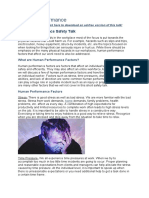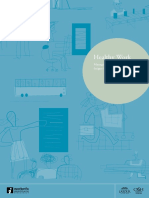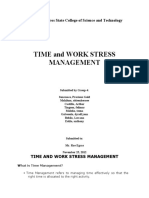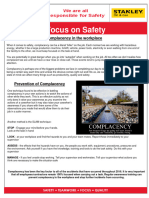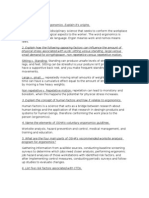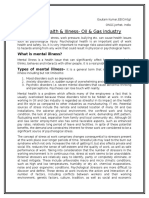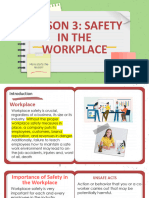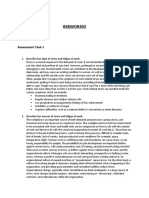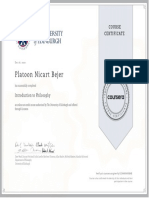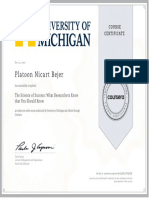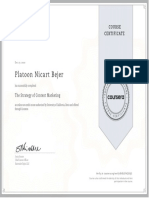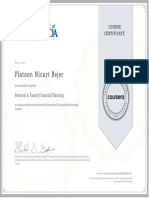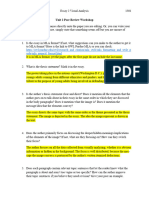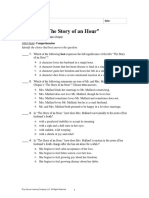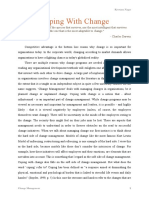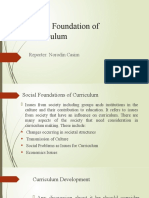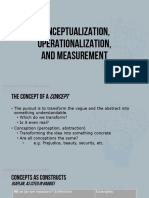0% found this document useful (0 votes)
98 views5 pagesErgonomics & Stress in Construction
This document is a reflection paper submitted by Platoon N. Bejer for their CEM 304 class. It discusses ergonomics and stress management in the workplace, specifically in construction. It defines ergonomics as fitting the workplace to the workers to reduce physical, emotional, and psychological stresses. It identifies several workplace risk factors like awkward postures, high hand force, repetitive motions, that can cause stress and injuries. As a construction manager, the author says they will ensure workers' safety and health by limiting risk factors, using proper equipment, supervising work, following safety protocols, and listening to worker feedback. The document concludes that stress management is important through both ergonomics to prevent stresses, and effective leadership to properly
Uploaded by
Platoon Nicart BejerCopyright
© © All Rights Reserved
We take content rights seriously. If you suspect this is your content, claim it here.
Available Formats
Download as DOCX, PDF, TXT or read online on Scribd
0% found this document useful (0 votes)
98 views5 pagesErgonomics & Stress in Construction
This document is a reflection paper submitted by Platoon N. Bejer for their CEM 304 class. It discusses ergonomics and stress management in the workplace, specifically in construction. It defines ergonomics as fitting the workplace to the workers to reduce physical, emotional, and psychological stresses. It identifies several workplace risk factors like awkward postures, high hand force, repetitive motions, that can cause stress and injuries. As a construction manager, the author says they will ensure workers' safety and health by limiting risk factors, using proper equipment, supervising work, following safety protocols, and listening to worker feedback. The document concludes that stress management is important through both ergonomics to prevent stresses, and effective leadership to properly
Uploaded by
Platoon Nicart BejerCopyright
© © All Rights Reserved
We take content rights seriously. If you suspect this is your content, claim it here.
Available Formats
Download as DOCX, PDF, TXT or read online on Scribd
/ 5


